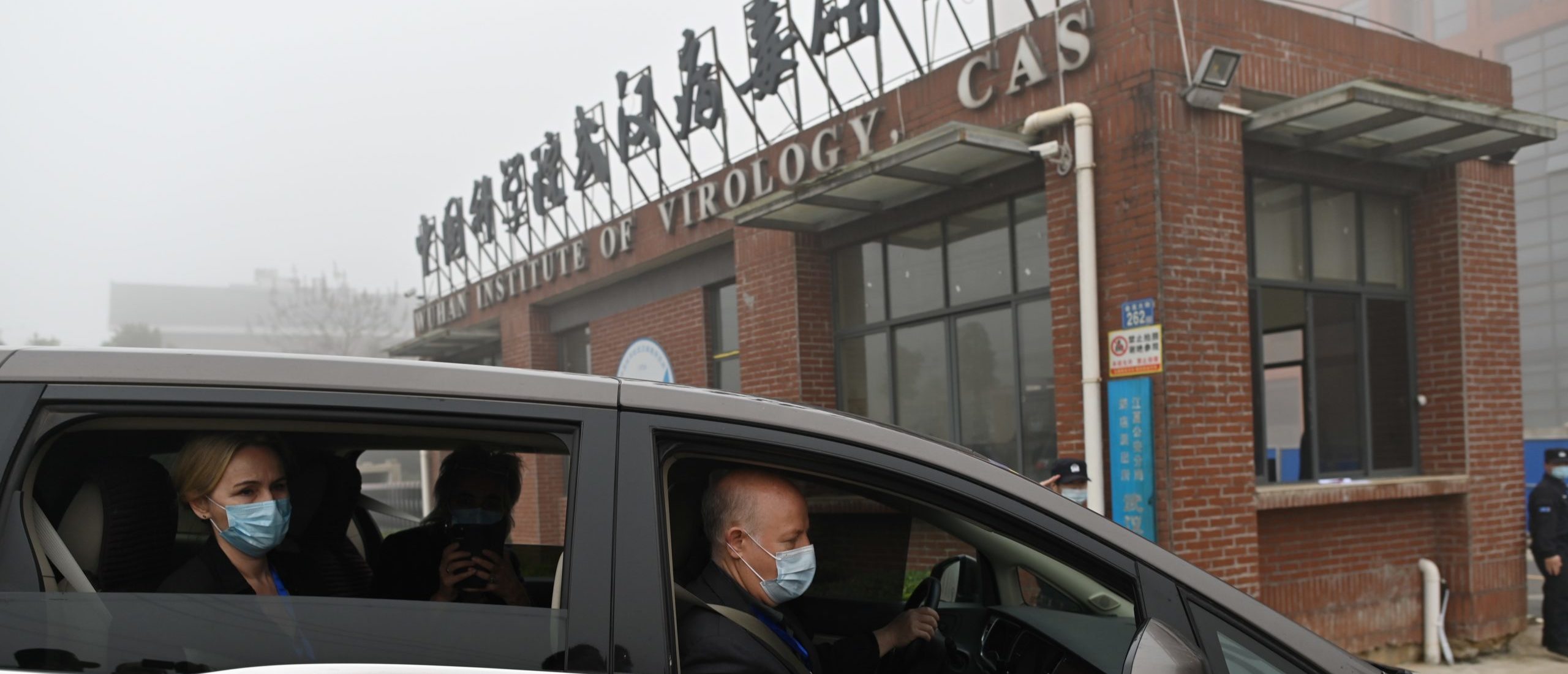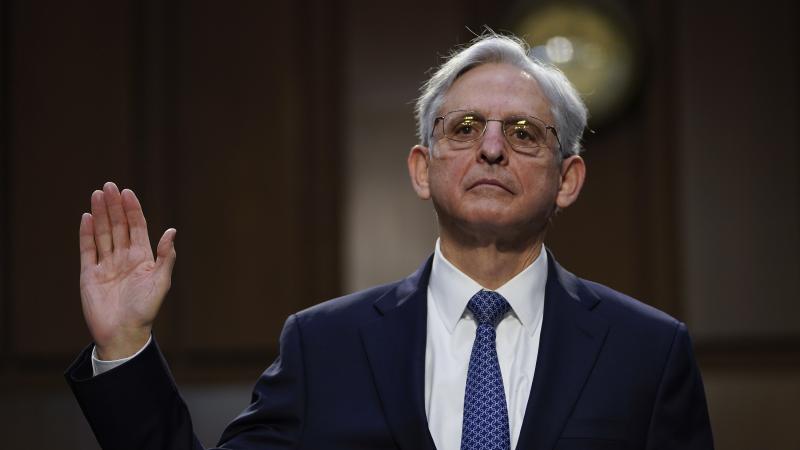American Researchers In Bed With Wuhan Lab Misled Pentagon About Civilization-Threatening Virus Research

This week, it was revealed that the American researchers, who for years have been at the heart of the COVID-19 debate, have misled the U.S. Government about their research partnership the Wuhan Institute of Virology.
Ralph Baric, a University of North Carolina professor and EcoHealth Alliance founder Peter Daszak wrote a grant application a year prior to the COVID-19 outbreak that disguised their risky work for the Defense Advanced Research Projects Agency. DARPA is a part of the Pentagon. DARPA decided not to fund this project. However, newly discovered communications between Baric, Daszak, and other scientists reveal that they were aware of the fact that U.S. government officials and researchers would be “freaked out” if the knew what the research was and where it was to take place.
Reporter Emily Kopp revealed the communications and U.S. Right To Know, a watchdog organization that promotes transparency in public healthcare and advocates for openness has released several bombshell reports about the origins COVID-19. The lab-leak origin theory of COVID-19 is a belief that the deadly pandemic originated from a Wuhan Institute of Virology in China. Most often, those who believe in the lab-leak theory think that the virus was caught in nature and brought to the Wuhan Institute of Virology (WIV) for research. It was then accidentally released by accident.
According to new revelations by USRTK Baric and Daszak stated that in their grant proposal for “Project DEFUSE”, they had to hide how much work was done in Wuhan and lie to the Pentagon regarding the security of the laboratory at WIV. They also needed to minimize the involvement of Chinese researchers in the project.
|
“Ralph, Zhengli. “I don’t think that Ralph will be doing all the work, but I want DARPA to feel comfortable with my team, if we win this contract,” Daszak wrote in a letter to his colleagues. Once we have the funding, we will be able to allocate exactly who is responsible for what work. I think that many of these tests can also be performed in Wuhan …”
Shi Zhengli is the infamous Chinese “bat woman” scientist from Wuhan. Zhengli worked with Daszak, Baric, and other researchers on Gain-of-Function Research (GoF), a dangerous project that involved genetically modifying viral pathogens in order to make them more deadly or contagious. Gain-of-function researchers are criticized for making pathogens dangerous without benefit. They also claim that there is a high risk of public exposure if these pathogens were accidentally released.
Daszak said that DARPA is more likely to be comfortable with the work done by Baric, a Chinese researcher with ties to the Chinese Communist Party.
Daszak wrote: “I plan to use both my and Ralph’s resumes.” “Linfa/Zhengli I know your resumes are impressive too, but I am trying to minimize the non-US focus in this proposal, so DARPA won’t view it as a bad thing.”
Daszak knows the negative perceptions of doing dangerous GoF in China with Chinese scientists. He helped to engineer, in the early days of pandemic, an open letter of scientists who had financial conflicts, advocating for the lab leak hypothesis due to the negative impact it would have on Chinese scientists.
Daszak and Baric tried to deceive the Pentagon about the location where their research would take place. Project DEFUSE included work that fell into the dangerous category GoF research. The pair wanted to genetically engineer coronavirus spike protein and test their infectivity to human cells. COVID-19’s contagiousness is due to the evolution of its spike protein.
Security levels for labs like these range from BSL-1 to BSL-4. USRTK revealed that Baric and Daszak complained about the security of the Wuhan laboratory they worked with.
Baric wrote that in the US these recombinant SARS-CoV were studied under BSL3 and not BSL2. This is especially important for those able to bind primary human cells and replicate,” Baric said. In china, these viruses [sic] might be grownin under bsl2. Researchers [sic] in the US will probably freak out.”
Initially, the Project DEFUSE grant stated that the work was to be performed in a BSL-2 lab to reduce costs. However, at some point it was edited to state that the work is to be performed in a BSL-3 facility.
Scientists have warned for years about the dangers of conducting dangerous experiments in unsecure facilities. “Performing these experiments in BSL-3 or less is completely nuts!” In 2020, Dr. Kristian Anderson of the Scripps Institute stated that it must be performed in BSL-4 and with extra precautions.
Francis Collins, former director of the National Institutes of Health’s (NIH), once said about research on coronavirus GIF: “Surely this wouldn’t have been done in a BSL2 laboratory?”
EcoHealth Alliance released a statement on Tuesday, denying any wrongdoing in relation to the Project DEFUSE proposal. EcoHealth Alliance, along with partners from UNC, USGS National Wildlife Health Center (USGS-NWHC), Duke-NUS PARC and WIV, drafted and sent a funding proposal to DARPA in 2018. The proposal was not funded and the work never finished.
EcoHealth continued, “However documents representing incomplete or very early drafts of this proposal were acquired through the Freedom of Information Act. They have been published with allegations about their intention.” These allegations are false. They are based on a misunderstanding of comments and edits on the document and on misleading quotes taken out of context.
Baric and Daszak’s work has been the subject of controversy on several occasions since the COVID-19 outbreak. Daszak funneled millions of taxpayer dollars to the Wuhan Institute of Virology through EcoHealth Alliance over the past decade.
Daszak also served on the first World Health Organization team that was tasked with investigating origins of pandemic. However, international outcry caused the team to be disbanded, in part due to Daszak’s obvious conflicts of interest. Daszak admitted that he had convinced WHO investigators to not pursue missing data for the WIV, because he personally endorsed the lab and argued the data was irrelevant.
Daszak expressed his gratitude to Dr. Anthony F. F., then director of the NIAID.









No Comments